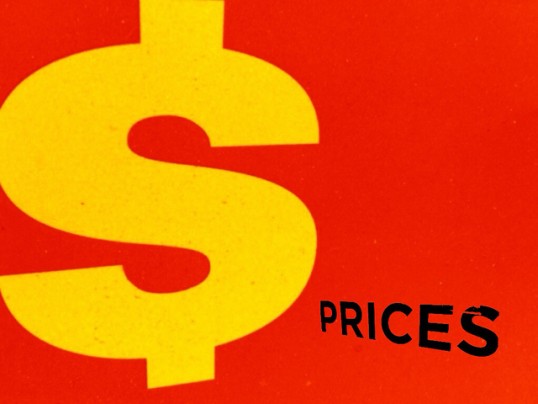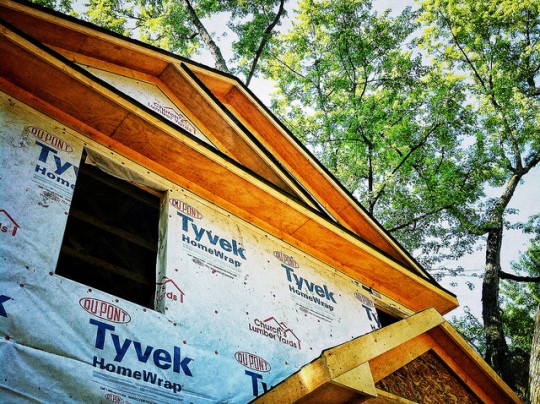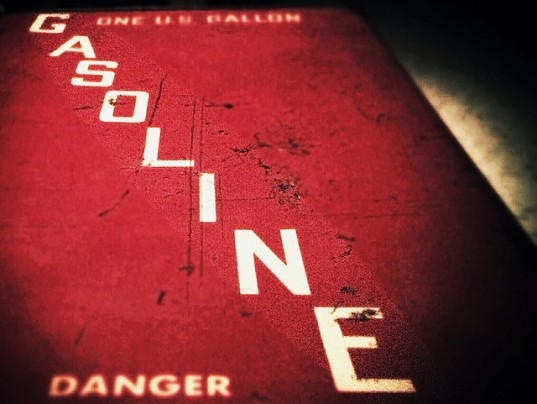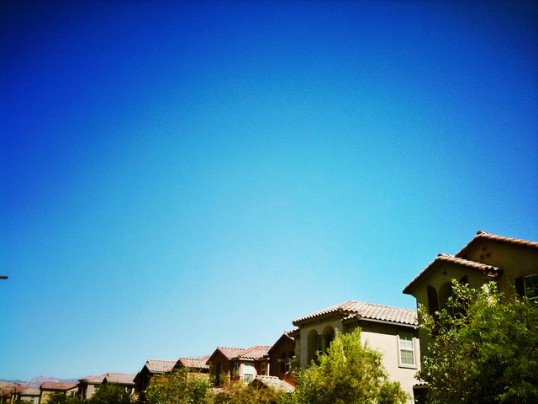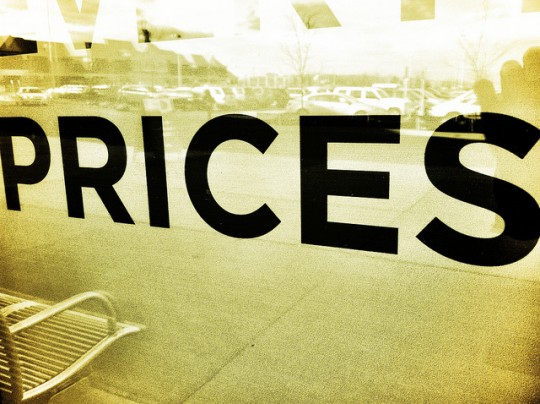Rising home prices are often seen as a sign that the housing market is healthy and doing well. But, according to Trulia’s latest Price and Rent Monitor, just because an area is experiencing sharp price increases doesn’t mean it’s fully recovered. For example, the five metropolitan areas that have seen the largest price gains over the past year, are all significantly below normal levels when looking at construction activity and building permits. On the other hand, metro areas that didn’t suffer large price declines during the recession – and, therefore, have had relatively small price increases since – are experiencing a residential construction boom. The takeaway, according to Trulia’s chief economist Jed Kolko, is that the housing recovery is going to require more than just increasing home values before it’s truly rebounded from the financial crisis. While the overall trend is positive, the particulars of each local market require a deeper look. Also in the report, home prices experienced their smallest year-over-year increase in 11 months, though they’re up 2.8 percent quarter-over-quarter. More here.
Tag Archive for Jed Kolko
Americans Say They’d Prefer To Buy New
Nearly twice as many Americans say they’d prefer to buy a new home over a previously owned house, according to the results of a new survey from Trulia. In the poll, 41 percent of respondents said they’d strongly or somewhat prefer to buy a newly built home, while just 21 percent said they’d rather buy an existing home. But despite their preference, survey participants who said they wanted to buy a new house also said they weren’t willing to pay the extra cost. In fact, just 46 percent said they were willing to pay at least 20 percent more to buy a newly built home. Among the most popular reasons cited for a preference for new homes, modern features such as bigger closets, kitchen islands, and radiant floor heating was number one. Participants also said they would prefer to buy new because of the ability to customize the house and the fact that they’d spend less on maintenance and repairs over time. Jed Kolko, Trulia’s chief economist, said fewer people prefer existing homes but those that do are drawn to their traditional features and locations in older, established neighborhoods. More here.
Buying More Affordable Than Rent In 100 Largest Metros
Though mortgage rates rose in 2013, they are still well below historical norms. And, according to a new report from Trulia, historically low rates mean buying a home is still cheaper than renting in the 100 largest housing markets across the country. Even with last year’s price increases, mortgage rates would have to hit 10.6 percent before renting a home was more affordable than buying one. Jed Kolko, Trulia’s chief economist, said today’s mortgage rates would be the envy of buyers from the 1980s, ’90s, and 2000s. But Kolko also warns buyers that, in many markets, the rent-vs-buy decision depends on what happens to prices after you buy. Sharp price appreciation could make homeownership essentially free, Kolko said. But, on the other hand, price decreases could mean renting, in retrospect, would’ve been the better deal. Still, when Trulia calculated the cost of renting vs. buying assuming that prices will rise or fall as they did during each market’s worst seven-year period, buying remained more affordable than rent in all but 37 of 100 metro areas. More here.
Post-Crash Rebound Fuels 2013 Price Gains
Home prices surged last year but, according to Trulia’s Price Monitor, the increases were a reaction to the housing crash more than the effects of an improved job market and economy. A recent analysis from Jed Kolko, Trulia’s chief economist, explains how the price gains seen throughout 2013 were a direct response to the housing crash. For example, the individual markets that experienced the highest price increases last year were also those that suffered the most severe price declines during the crash. In other words, the markets that had the most ground to make up were the ones with the most significant increases. Now that most areas have largely recovered the losses suffered during the housing crash, price gains should begin to slow. Kolko says – as the housing market continues to recover – factors such as job growth, rather than this recent rebound effect, will lead to more sustainable, and slower, price increases. Trulia’s Price and Rent Monitors measure how asking prices and rents are trending on both a national and local level. In December, home prices were up 11.9 percent over last year and 0.4 percent above the month before. More here.
Housing Market Returns To Normal In 2014
Despite an up-and-down recovery, the housing market will enter 2014 more normal than it was a year earlier, according to a recent article from Trulia’s chief economist, Jed Kolko. Kolko says home price and mortgage rate increases have led to declining investor activity, which will inevitably result in less competition for potential buyers in the new year. And, though affordability levels have fallen – according to recent data -buying a home is still 35 percent cheaper than renting and a less frenzied market should be more inviting to prospective buyers. Also, next year will see increases in available inventory as the number of underwater homeowners continues to fall, which will help moderate price gains. Kolko believes repeat buyers will dominate the market in 2014, as investor activity tails off. Repeat buyers are less discouraged by higher prices than first-time buyers or investors, due to the fact that their existing home has likely also risen in value. More here.
Price Increases Starting To Slow After Big Gains
The results of Trulia’s most recent Price Monitor found home prices have increased faster than normal on a monthly, quarterly and yearly basis when compared to historical averages. In fact, home values have risen nearly 12 percent over the last year, which is the highest increase since the housing bubble burst. But despite the year-over-year gains, October asking prices were up just 0.6 percent from the month before. Jed Kolko, Trulia’s chief economist, said – though asking prices rose at the second-slowest pace in seven months – they are still rising unsustainably fast. Kolko cautions that, while the market is far from bubble territory, the effects of fast-rising prices will be noticeable, including sellers waiting longer to put their homes on the market. Trulia’s Price and Rent Monitors are the earliest leading indicator of trends in rent and home prices. More here.
Survey Reveals How Americans Feel About Their Neighbors
Trulia recently conducted a survey of 3,014 American adults to gauge their feelings about their neighborhood and neighbors. The results reveal that a majority of Americans say they like their neighbors, though a smaller percentage say they know their neighbors’ names. Among respondents, homeowners were more likely to know and like their neighbors than renters, as were people in suburban neighborhoods compared to people in urban areas. One fifth of Americans said they judge their neighbors by the appearance of their home and property and 35 percent said it’s important to them that their neighbors are homeowners, not renters. Jed Kolko, Trulia’s chief economist, said because of the housing crash and foreclosure crisis, millions of single-family homes became rentals, which is bad news for homeowners who say it’s important they live near owners. But, according to Kolko, living next to a rental beats living next door to a foreclosed, vacant house. Regionally, Midwesterns were most likely to know their neighbors’ names: 60 percent said they do, compared with 51 percent in the Northeast and South, and 49 percent in the West. More here.
